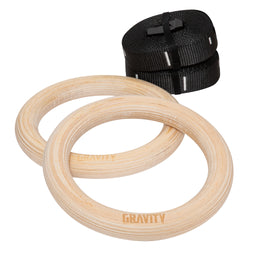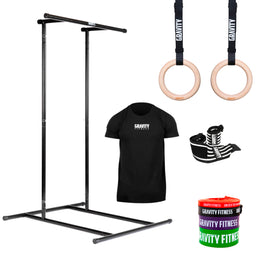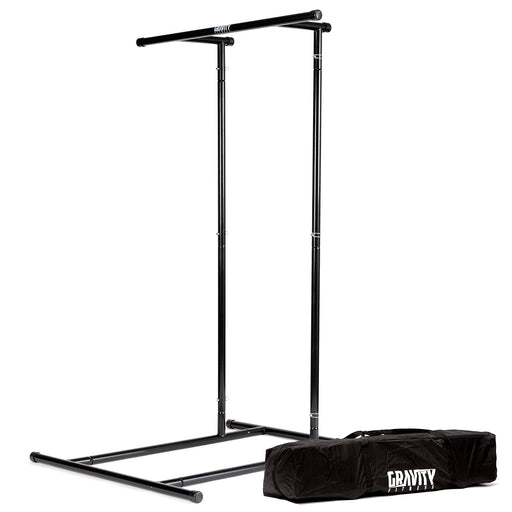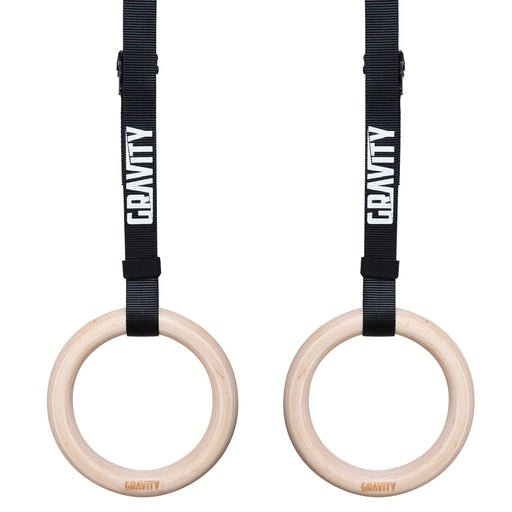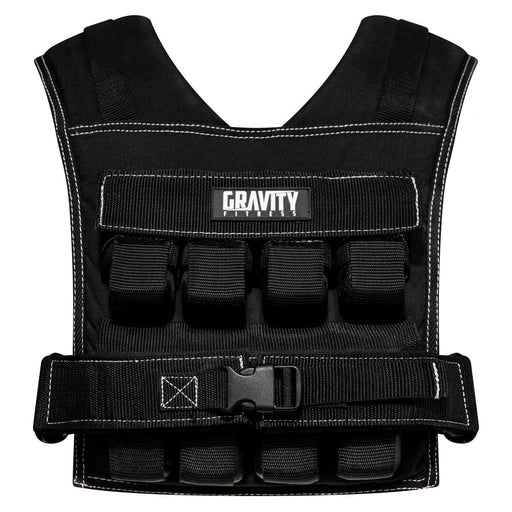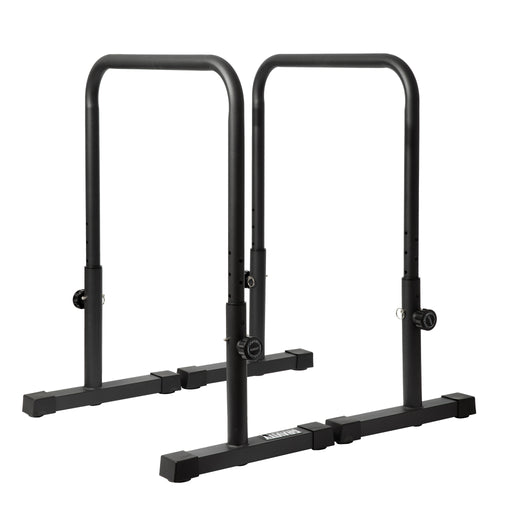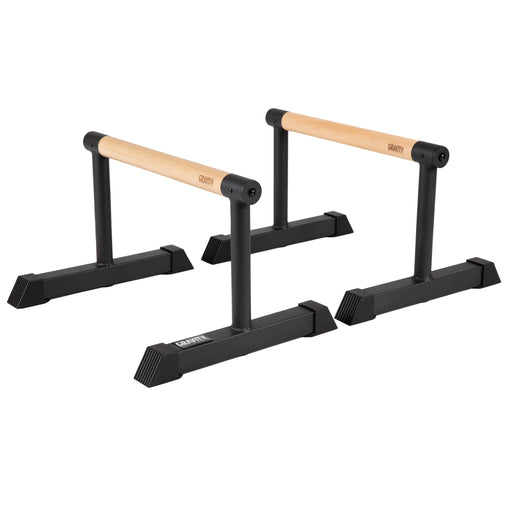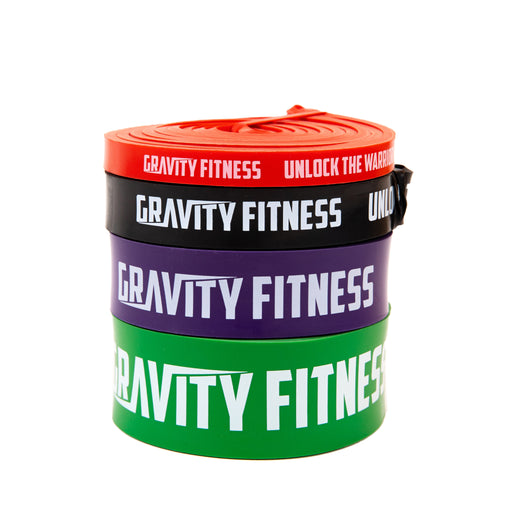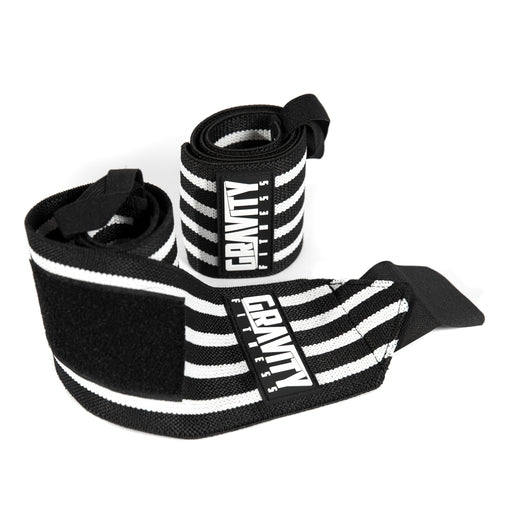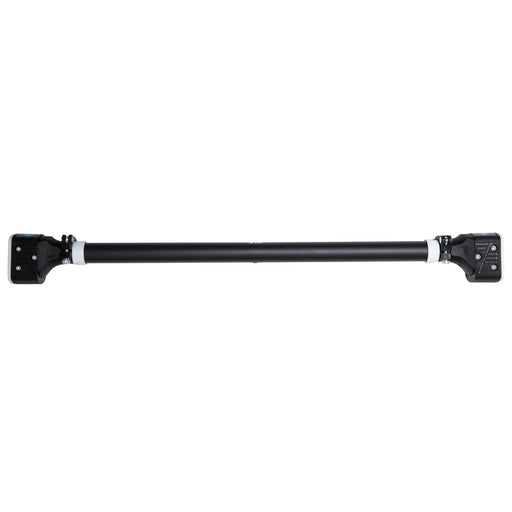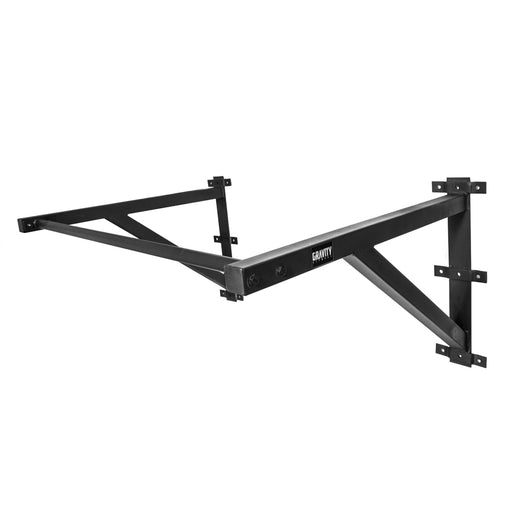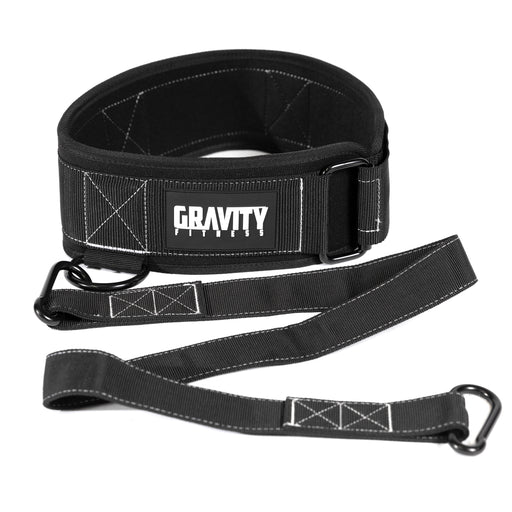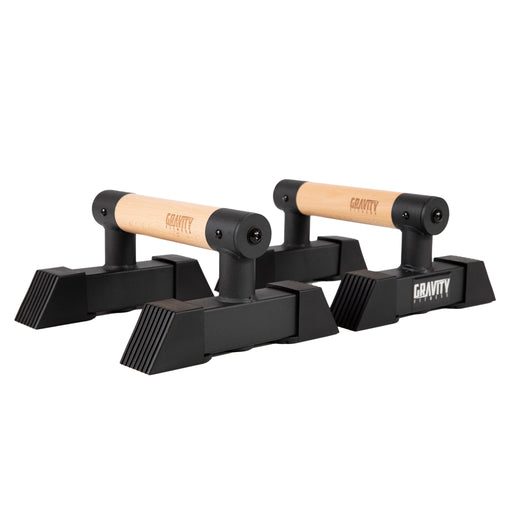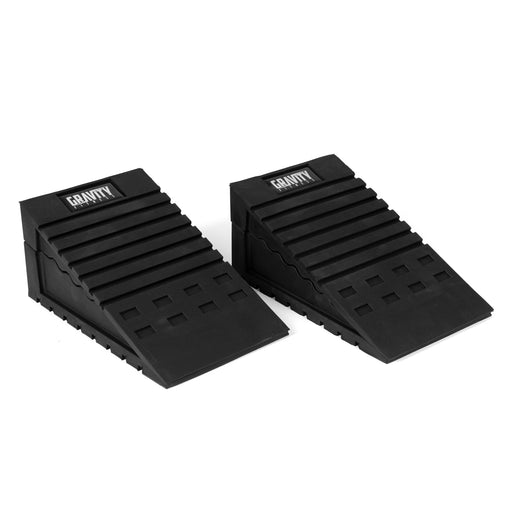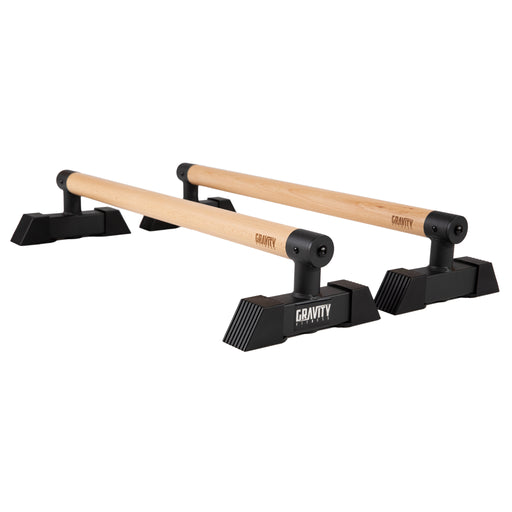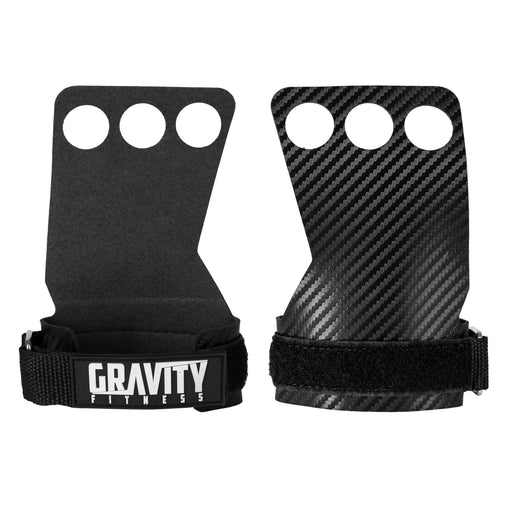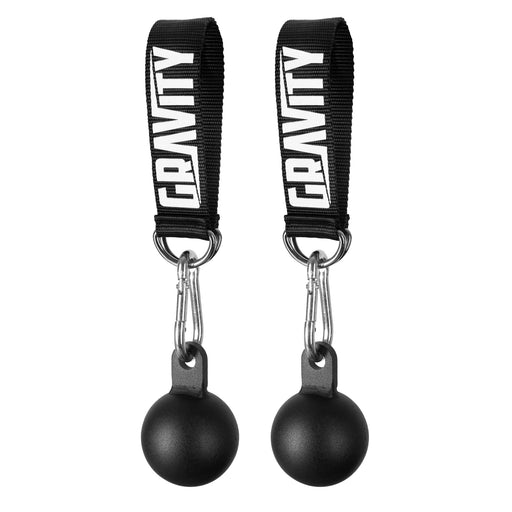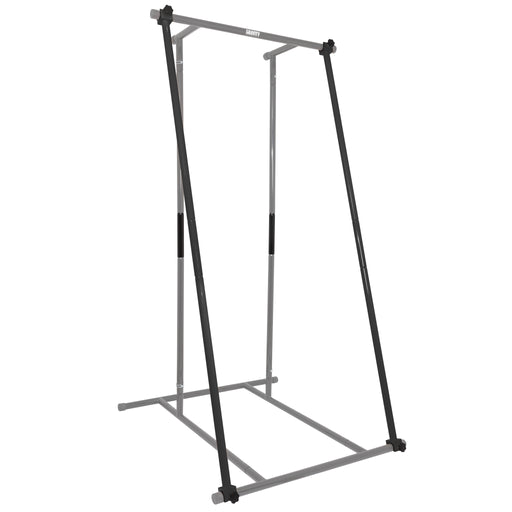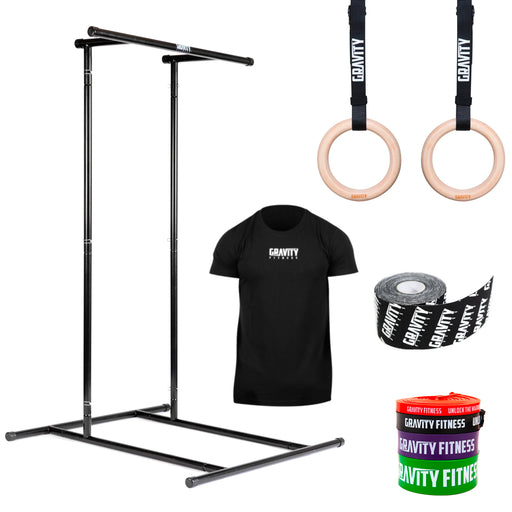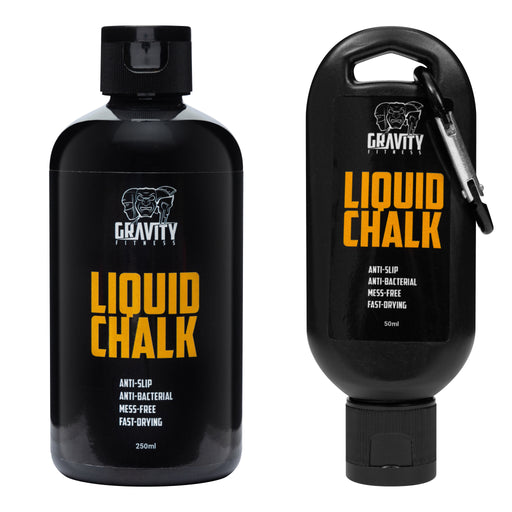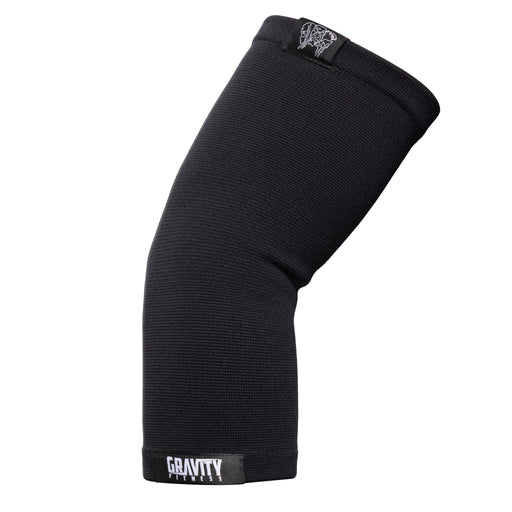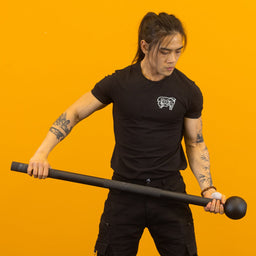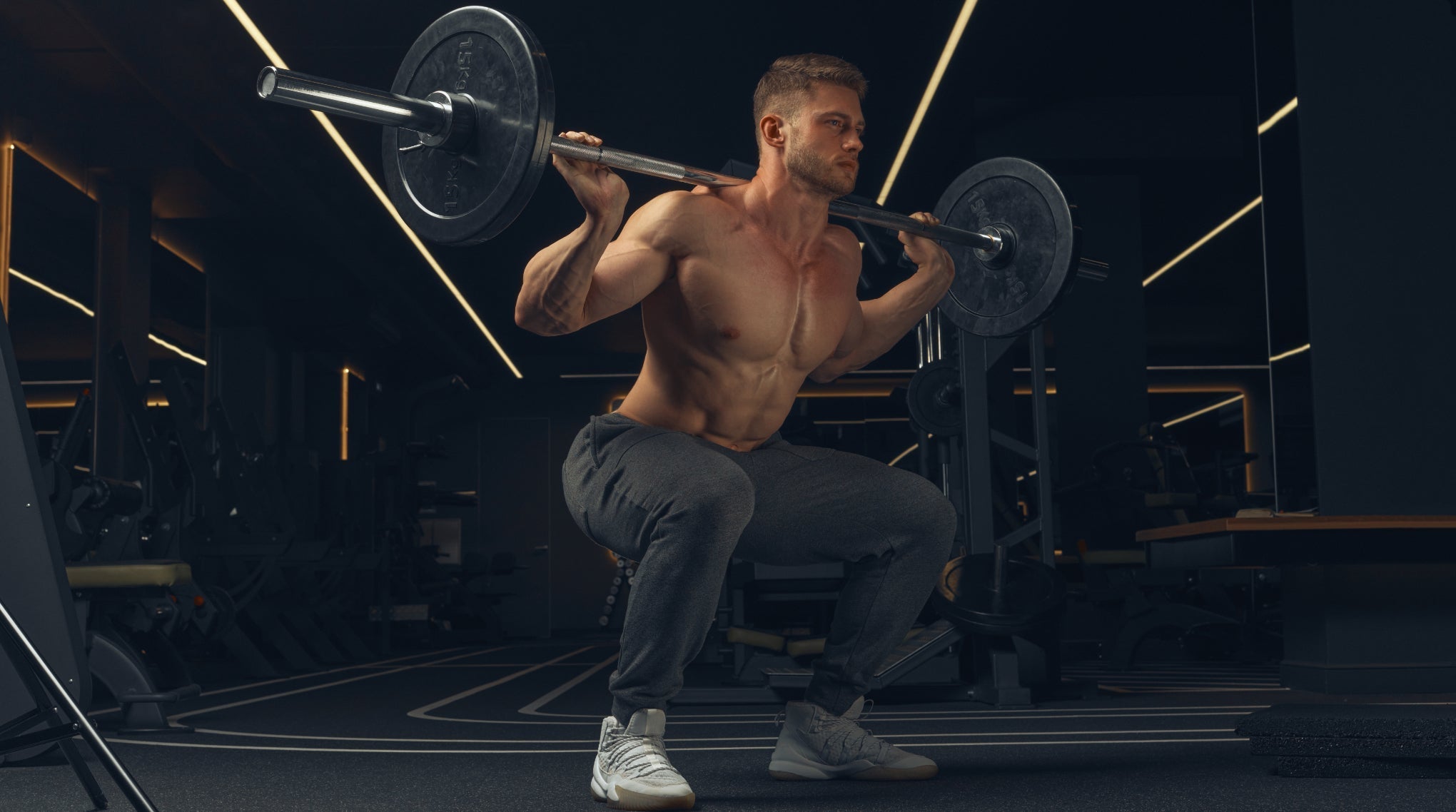
The Rise of Hybrid Training: Mixing Calisthenics and Weights for Maximum Results
Hybrid training is fast becoming the go-to approach for athletes and everyday fitness enthusiasts who want to build strength, improve mobility, and develop a body that performs in any environment. Rather than choosing between bodyweight training or lifting weights, more people are blending both to create programs that are balanced, sustainable, and more effective over the long term.
What Is Hybrid Training?
At its core, hybrid training combines calisthenics, exercises that use your bodyweight for resistance, with traditional resistance training using equipment like barbells, dumbbells, kettlebells, or weighted vests. This combination allows you to build absolute strength through loaded movements while developing relative strength and control with bodyweight skills.
Calisthenics exercises such as pull-ups, dips, push-ups, and squats teach you how to move and stabilise your body through space. Weighted movements let you increase load systematically, isolate specific muscles, and work through different rep ranges.
Hybrid training isn’t a strict formula. It’s an adaptable approach that meets you where you are, whether you train in a fully equipped gym, a home setup, or an outdoor space.
Why Hybrid Training Is Gaining Popularity
Several trends have contributed to the rise of hybrid training. One is the growing recognition that no single style of training does everything. Heavy lifting develops strength and power, but can sometimes neglect mobility and body control. On the other hand, calisthenics alone can be limiting for building maximal strength or targeting weaker areas.
Another factor is the increased demand for training that fits around real life. Many people want to be strong, mobile, and injury-resistant without spending hours in a gym or following rigid routines. Hybrid training offers variety and flexibility, which makes it easier to stay motivated and consistent.
Finally, social media has played a role in popularising hybrid approaches. Athletes and coaches share videos of creative combinations—like weighted pistol squats, ring muscle-ups, or kettlebell flows mixed with calisthenics holds—showing what’s possible when you blend different methods.
Benefits of Combining Calisthenics and Weights
More Complete Strength
Combining bodyweight and loaded exercises builds different types of strength. Weighted squats and deadlifts develop absolute force production, while single-leg bodyweight work improves balance, stability, and control.
Greater Range of Progressions
With hybrid training, you have countless progression options. You can increase external load, change leverage, manipulate tempo, or explore new movement patterns. This variety prevents plateaus and keeps training engaging.
Improved Mobility and Joint Health
Calisthenics encourages active mobility, helping you maintain joint health as you build strength. Movements like deep lunges, skin-the-cat, or ring dips train range of motion and control that complement heavy lifting.
Higher Training Frequency and Variety
Because hybrid programs balance load and intensity across different exercises, you can train more frequently without excessive fatigue. This is especially useful if you prefer shorter, more frequent sessions.
Better Carryover to Real-Life Activities
Combining lifting and calisthenics creates a body that performs well in diverse settings, whether you’re carrying heavy shopping, climbing, or playing sport.
How to Structure a Hybrid Training Program
The best hybrid programs are built around your goals and current experience. Here are some principles to consider:
Establish Your Primary Goal
Decide whether your main focus is strength, muscle building, endurance, or skill development. If your priority is strength, base sessions around compound lifts like squats, presses, and deadlifts, then use calisthenics for accessory work and mobility. If your goal is mastering calisthenics skills, structure sessions around progression exercises and add weighted movements to support weak links.
Pair Complementary Movements
Combine exercises that target the same muscle groups in different ways. For example, pair heavy weighted pull-ups for maximal strength with bodyweight rows for volume and control. Use loaded squats alongside pistol squats or shrimp squats to build both power and single-leg stability.
Plan Progressive Overload
Track your performance in both loaded lifts and calisthenics progressions. Increase resistance, reps, range of motion, or complexity over time to drive adaptation.
Respect Recovery
Hybrid training can be demanding, especially if you’re integrating skill work, volume, and heavy lifting. Adjust intensity and volume to allow recovery and avoid burnout.
Example Weekly Hybrid Training Split
Here’s a simple example of how you could structure a hybrid training week:
Day 1 – Lower Body Strength and Mobility
-
Back Squat or Front Squat
-
Weighted Lunges
-
Pistol Squat Progressions
-
Hip Mobility Drills
Day 2 – Upper Body Pull and Skill Work
-
Weighted Pull-Ups
-
Ring Rows
-
Front Lever Progression
-
Core Training
Day 3 – Rest or Active Recovery
Day 4 – Lower Body Power and Single-Leg Work
-
Deadlifts
-
Bulgarian Split Squats
-
Nordic Hamstring Curls
-
Calf Work
Day 5 – Upper Body Push and Stability
-
Overhead Press
-
Ring Dips
-
Handstand Practice
-
Shoulder Mobility
Day 6 – Conditioning or Movement Flow
-
Kettlebell Circuits
-
Crawling Patterns
-
Mobility Flow
Day 7 – Rest
You can adapt frequency and exercise selection to fit your training level, equipment, and goals.
Gravity Fitness Equipment for Hybrid Training
At Gravity Fitness, we design versatile equipment that makes hybrid training accessible anywhere. Our portable pull-up racks allow you to train pull-ups, muscle-ups, and suspension exercises without needing a fixed rig. Parallettes provide a stable base for dips, planche training, L-sits, and handstand work. Resistance bands help with progression in calisthenics or add extra resistance to traditional lifts. Weighted vests and gymnastic rings add further variety and challenge.
Whether you train at home, in a gym, or outdoors, the right equipment helps you build a program that covers strength, skill, and mobility without compromise.
Final Thoughts
Hybrid training isn’t just a passing trend—it’s a reflection of how modern training is evolving. Instead of choosing between calisthenics or weights, more people are recognising that combining both delivers better results. A hybrid approach builds a body that’s strong, resilient, and adaptable to whatever challenges you face.
If you’re ready to break out of a training rut, explore new skills, or future-proof your fitness, hybrid training is a smart place to start. With the right mindset and equipment, you can create a program that grows with you for years to come.












